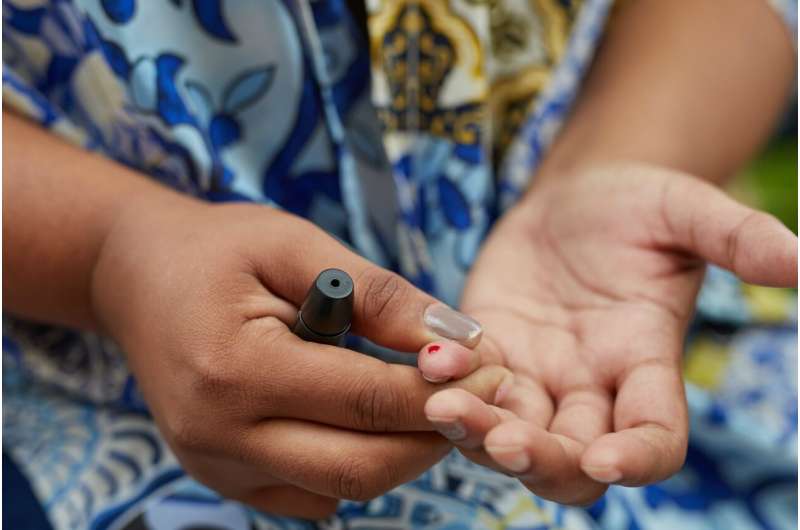Recovering from a Stroke: Key Facts and Rehabilitation Strategies

Learn essential facts about stroke recovery, symptoms, and rehabilitation strategies to improve outcomes and quality of life after a stroke.
Stroke remains one of the leading causes of death and disability worldwide, significantly impacting adults of all ages, although risk increases notably after age 55. Each year, over 795,000 Americans experience a stroke, which occurs when blood flow to parts of the brain is interrupted or diminished, depriving brain tissue of oxygen and nutrients. This deprivation causes brain cells to die within minutes, making it a medical emergency requiring immediate treatment.
Recovery from a stroke varies from individual to individual. According to Dr. Felix Chukwudelunzu, M.D., a neurologist at Mayo Clinic Health System, the most rapid recovery typically occurs within the first weeks and months following a stroke. However, evidence suggests that improvements in function can still be achieved even 12 to 18 months post-stroke.
Recognizing the symptoms of a stroke is crucial for timely intervention. Common signs include sudden numbness or weakness on one side of the body, confusion, difficulty speaking or understanding speech, sudden vision problems, loss of coordination or balance, and a severe headache with no known cause. If these symptoms appear, emergency services should be contacted immediately.
A stroke can lead to both temporary and permanent disabilities, depending on how long the brain lacks blood supply and which regions are affected. Potential complications include paralysis, speech and swallowing difficulties, memory loss, emotional changes, pain, and behavioral alterations.
Rehabilitation plays a vital role in stroke recovery. Tailored rehabilitation programs aim to help survivors regain lost skills, improve independence, and enhance quality of life. The severity of the stroke and individual health factors influence the duration and intensity of rehabilitation, which can last from months to several years. Research indicates that participation in focused rehabilitation programs significantly improves outcomes compared to no intervention.
Early diagnosis, prompt treatment, and continuous rehabilitation are key elements in maximizing recovery prospects after a stroke.
source: https://medicalxpress.com/news/2025-05-recovering.html
Stay Updated with Mia's Feed
Get the latest health & wellness insights delivered straight to your inbox.
Related Articles
New Experimental Medication Effectively Burns Fat and Controls Blood Sugar Without Muscle Loss
A new oral drug shows potential to effectively burn fat and regulate blood sugar levels while preserving muscle mass, offering hope for better management of type 2 diabetes and obesity without common side effects.
Heat and Toxic Chemical Exposure Pose Risks to Kidney Health in Agricultural Workers
A new study reveals that heat stress and exposure to toxic metals in agricultural workers significantly increase the risk of kidney injury, highlighting the importance of protective workplace measures in hot environments.
Music and Memory: How Songs Influence Brain Function
Discover how specific features and emotional responses to music can enhance different aspects of memory, offering potential for personalized cognitive therapies.
Impact of APOE Protein Variants on Microglia Function in Alzheimer's Disease
A groundbreaking study uncovers how different APOE protein variants influence microglial functions, affecting Alzheimer's disease progression and offering new targets for personalized therapies.



